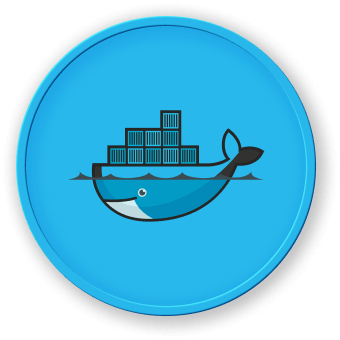Inspecting Changes in Docker Containers
As you work with Docker containers, it's often necessary to understand what changes have been made to a container during its lifetime. Docker provides several commands and tools to help you inspect and understand the changes made to a container.
Listing Changes with docker diff
The docker diff command is used to list the changes made to a container's filesystem since it was created. This command can be useful for understanding what files have been added, modified, or deleted within a container.
## Run a container
docker run -it --name my-container ubuntu:22.04 /bin/bash
## Make some changes inside the container
touch new_file.txt
rm -f existing_file.txt
## List the changes made to the container
docker diff my-container
The output of the docker diff command will show the changes made to the container's filesystem, with the following notations:
A: Added file or directoryD: Deleted file or directoryC: Changed file
The docker inspect command provides detailed information about a Docker container, including its configuration, network settings, and other metadata. This command can be useful for understanding the state of a container and the changes that have been made to it.
## Inspect a container
docker inspect my-container
The output of the docker inspect command will include a wealth of information about the container, including its ID, image, network settings, and more. You can use the --format flag to extract specific pieces of information from the JSON output.
## Extract the container's IP address
docker inspect --format='{{range .NetworkSettings.Networks}}{{.IPAddress}}{{end}}' my-container
Tracking Changes with docker history
The docker history command can be used to view the history of changes made to a Docker image. This can be useful for understanding how an image was built and what changes were made at each step.
## View the history of a Docker image
docker history ubuntu:22.04
The output of the docker history command will show the various layers that make up the Docker image, including the commands used to build each layer and the size of each layer.
By using these Docker commands and tools, you can effectively inspect and understand the changes made to a Docker container during its lifetime, which can be valuable for troubleshooting, debugging, and managing your containerized applications.




